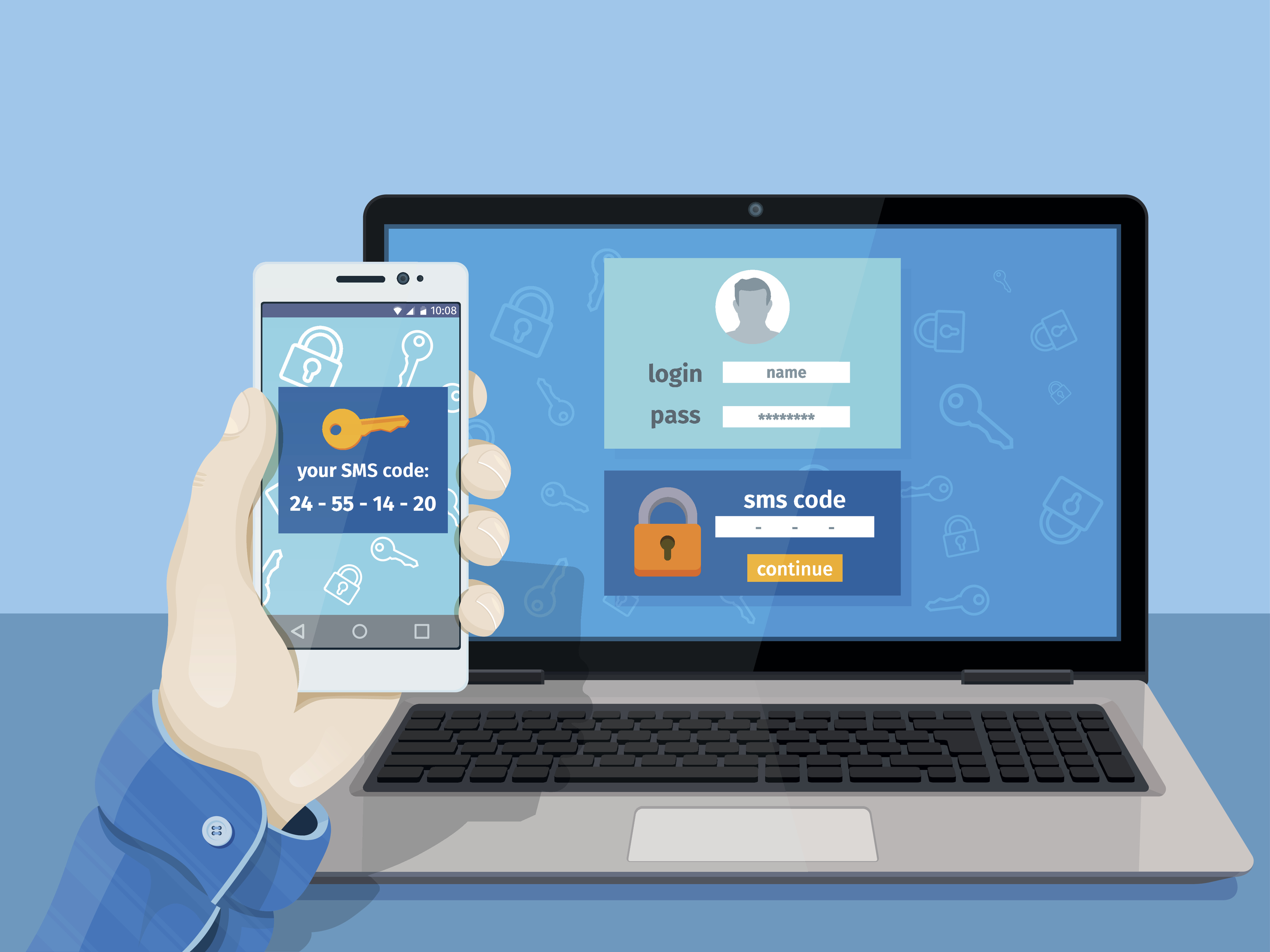
We live in an age that offers a record number of possibilities to communicate. Landlines, mobile phones, email, social media, faxes, public messengers including Skype, Whatsapp, Viber, WeChat, and Facebook Messenger…just to name a few. In addition to these applications, we have access to corporate CRMs, ticketing systems, chat systems, blogs, and forums. Often the use of new medias do not necessarily lead to the dismissal of the old ones.
Continue reading “Streamlined And Effective Communication: UC That Works”


 Let’s explore how two-factor authentication and single sign-on mechanisms are being used for improving security.
Let’s explore how two-factor authentication and single sign-on mechanisms are being used for improving security.